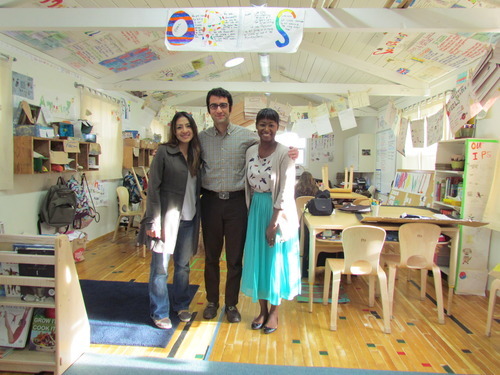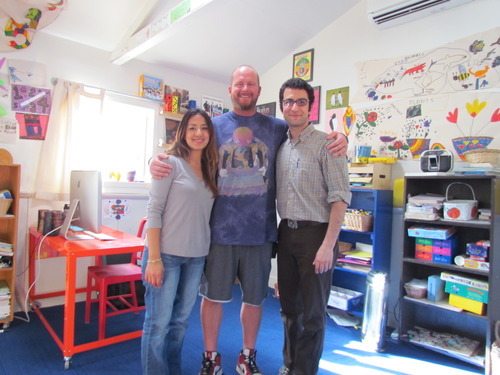We're working in their office space in New York City with eleven other amazing educational companies. The program started about a week and a half ago, and we've been learning a lot through their workshops and meetings they've planned out for us. As a team, we know our best has gotten us here, and with the feedback and criticism from the experts in this program we'll be able to take our process and skills to the next level.
I feel very fortunate to be working on new educational technologies at such a pivotal time in the history of education. Hopefully TuvaLabs will be able to create a positive and lasting impact in the analytical and critical thinking of students around the world. And in the long run, encourage more students to become data literate by engaging them with data that's from the real world.
And finally, a view from my seat:






